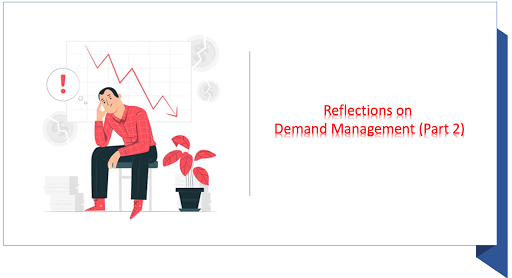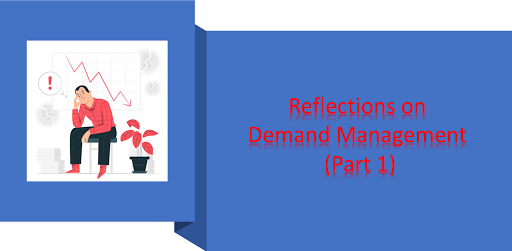BCP Preparedness COVID19 Lessons Learned
Over the past 10 years I have often times been told by my teenage son to stop being a “Doomsdayer” (a person who predicts impending misfortune or disaster), because I am very vocal about the fact that I have multiple plans in place for the possibility of alternate outcomes to every situation other than “the best”. He believes that if you acknowledge that the best possible result(s) may not take place that you are wishing/hoping for a bad result, and IF a bad result does take place, that is the time to start fumbling around for solutions in real time. Unfortunately, the thought process of: “if I don’t acknowledge what is happening (or may happen) then it’s not happening (it won’t happen)” is not reality & will eventually do far more harm than good.
An everyday example that I use often to explain the concept of a business continuity plan (BCP) is: You are going about your daily business of running errands, attending appointments, and then going into your office to work the overnight shift; and one of your vehicles tires pops! To ensure that you can continue driving your vehicle for the next few days (or longer) & arriving to all of your appointments & work as scheduled; you will need to remove the bad tire & immediately install your spare tire. Below are all questions I would have asked myself long ago and prepared answers for ….. if it were my son he would be fumbling around right after he pulled off the road trying to figure out the answer to each as the questions popped into his head (OR … as Google prompted him after he searched: “blew a tire while driving car how do I fix?? …”)
1. Do you have a spare tire in your vehicle?
2. Do you have the equipment that you need to remove a tire & install a spare in your vehicle?
3. Do you regularly check the air in your spare tire to ensure that if it’s needed it will still safely work?
4. Do you carry an air pump in your car? Do you keep an air pressure gauge in your car?
4. Do you have any idea how to change a vehicle’s tire?
5. Do you have a Roadside Assistance Program?
A business continuity plan (BCP) and program for any & every business type should include:
· Risk Management/BCP Committee of employees from different divisions within your company lead by a few Senior Leaders that would formulate the end to end BCP processes & documentation together, then be the Peer SME’s for their functional areas (Ex: In a Contact Center this would include members from the departments of: Recruiting, Training, Human Resources, I.T., Front End Representatives, Back Office Representatives, Operations Team Managers, Operations Managers, Site/Business Unit Leaders, Client Services, Workforce Management, and Telecom/Telephony)
· Well written & very detailed documentation by functional area to include items like flow charts & decision trees
· Monthly BCP Committee meetings to discuss & document any changes that need to be made to the official BCP’s, any changes that need to be made to committee members, and to discuss any upcoming exercises/drills
· Quarterly testing of the BCP’s in place by unannounced, well-choreographed exercises/drills
· Immediate root cause analysis to identify & action/update any portion of the BCP’s that failed to work as planned during these live exercises/drills
· Finally, Communication …Communication…Communication to all. When it comes to BCP preparedness there can never be too much communication, and it is important to receive feedback from anyone & everyone about what does not seem to work well with any/all suggestions on how to improve what is not working well
I have read hundreds of articles & posts during the COVID19 pandemic outbreak about how unprepared most business types were for a situation like a global pandemic, and that honestly should not have been the case; not in 2020 with all of the technology we have available to us. Those of us whom have a background in planning & full life cycle workforce management are constantly looking for every possible worst-case scenario & providing multiple options to our business partners on how to avoid them.
I know that many of us have been reading about so many of the hurdles that were being discussed & saying to ourselves ….“I told you so…”. The #1 most talked about situation being-> having a blueprint for employees to seamlessly work virtually from their homes for an undetermined amount of time with little to no notice.
As workforce management professionals we wear many hats, one of those is being alert to identify where risks could possibly exist & offering options to avoid them; but we are consultants & cannot force a process/procedure/decision upon any of the internal customers that we support. On a continual basis we analyze the current operating environment of specific business types & departments, and then provide a consultative risk assessment & blueprint with multiple options on how the business can operate effectively & efficiently with as little risk to the business as a whole as possible (always weighing equally: the company/the business, the customer, and the customer facing employees).





Responses